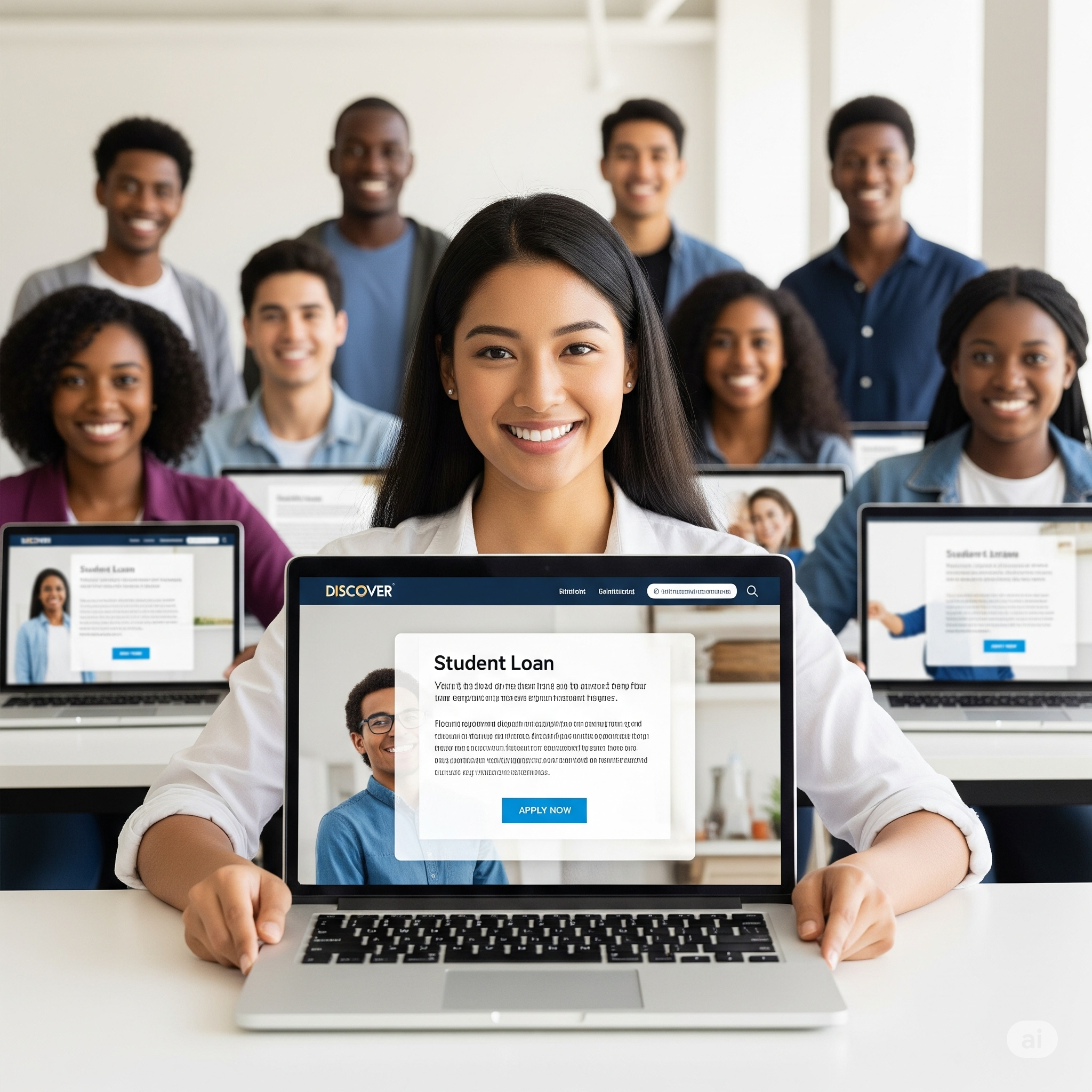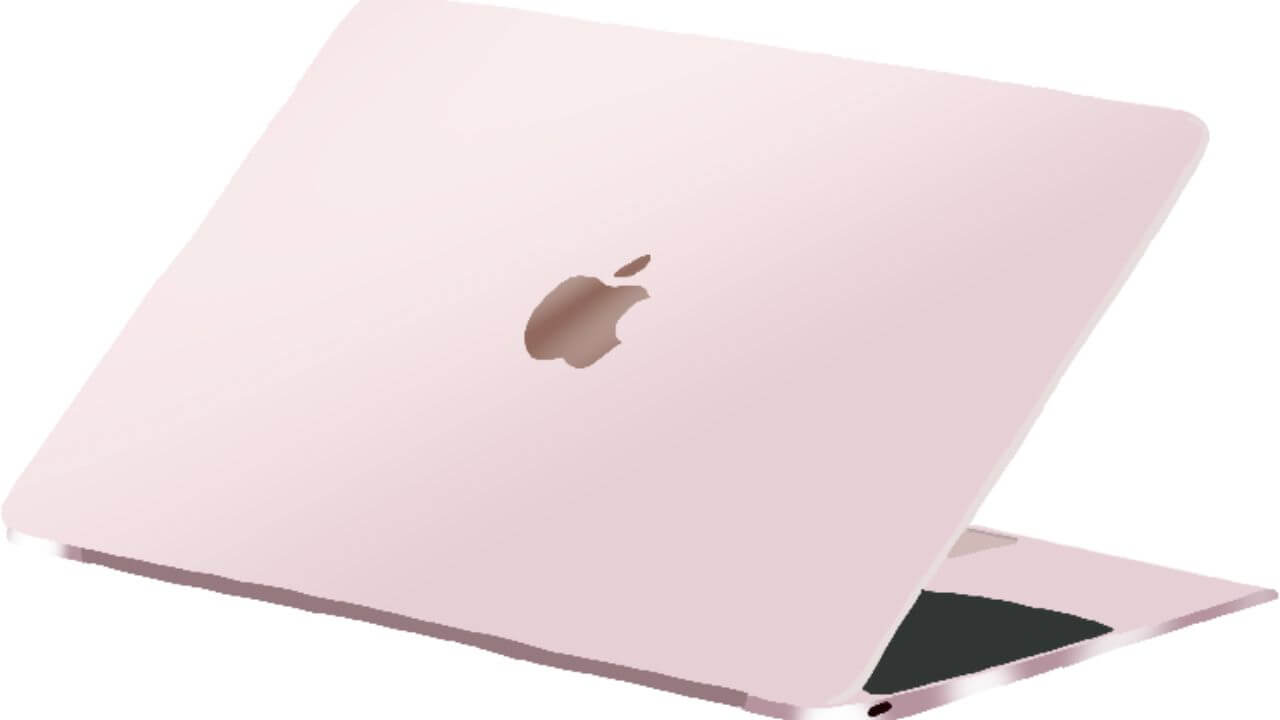
Millions of Americans are struggling with college loan debt as of March 23, 2025; a substantial amount of this debt originates from private lenders. Because of their limited relief alternatives, private student loans provide different difficulties than federal loans, which offer structured forgiveness programs and income-driven repay plans. Still, there are avenues to control and maybe lower this debt.
Covering private education loan forgiveness, private loan debt forgiveness, private loan repayment choices, private loan debt forgiveness, private loan debt cancellation, and how to reduce private loan payments, this article explores the terrain of private student loan debt relief.
We will cover all facets of these subjects to provide borrowers looking for answers a thorough road map.
Dealing with Private Student Loan Debt
Banks, credit unions, or other financial institutions—not the federal government—issue private student loans. Many find it difficult to pay back as they frequently have higher interest rates and less protections than federal loans. Private student loans now account for more than $130 billion of the $1.7 trillion student debt market in the United States, according current estimates.
While programs like Public Service Loan Forgiveness (PSLF) might help federal borrowers, private loan borrowers have to negotiate a different landscape usually depending on lender-specific regulations or alternative approaches.
The bright news is One can find options. The depressing news is Rare and usually restricted to extreme events like death or permanent incapacity is private student loan forgiveness. Let’s dissect the opportunities and approaches at your disposal.
Does forgiveness for private education loans exist?
When people hear “loan forgiveness,” they usually picture federal programs wiping debt following years of qualified payments. Regretfully, loan forgiveness for private education does not operate that way. Profit-driven companies, private lenders have no legal responsibility to pardon loans. Some, meantime, do provide limited forgiveness under particular circumstances:
Many respectable lenders, including Sallie Mae, will write off a loan should the borrower die or become permanently handicapped. Policies differ; so, review your loan agreement or speak with your lender personally.
School Misconduct
Rarely, should a school engage in dishonest behavior—such as false job placement rate presentation—borrowers may negotiate partial forgiveness with lenders. This is not assured and sometimes calls for legal action.
Beyond these situations, broad private loan debt cancellation is not a possibility. Unlike federal loans, there is no government-backed scheme designed to eliminate private debt depending on career or payback term. If you want forgiveness, the fact is sobering: you will have to look at alternative paths.
Choosing Private Student Loans: Repayment Strategies
Since total forgiveness is unattainable, the pillar of debt reduction is now private student loan repayment choices. Although many private lenders provide alternatives to help borrowers avoid default, they are not obliged to offer flexible arrangements. Here is what you might run across:
- Extended Loan Repayment Schedules
To save monthly payments, some lenders let you lengthen your loan term—that is, from 10 to 20 years. Over time, though, this raises overall interest paid. - Interest- Only Payments
To get some temporary respite, you may work to pay just the interest for a designated term, therefore preserving the principle. - Deferment or Forbearance
These choices stop payments during financial crisis including medical problems or job loss. Usually interest builds up and adds to your debt; utilize this wisely. - Loan Modification
Should you show financial difficulty, lenders could change your conditions or interest rate. This calls for proof of hardship—that is, pay stubs, bills—as well as bargaining. - refinancing
Refinancing is obtaining a new loan to pay off the original with improved terms—lower rate or longer term. Although it’s a common approach to handle payments, it calls for either good credit or a co-signer.
| Option | Pros | Cons | Best For |
| Extended Repayment | Lowers monthly payments | Higher total interest | Long-term affordability |
| Interest-Only | Temporary relief | Principal remains unchanged | Short-term financial strain |
| Deferment/Forbearance | Pauses payments | Interest accrues | Emergency situations |
| Loan Modification | Customizable terms | Requires negotiation | Persistent hardship |
| Refinancing | Lower rates, flexible terms | Credit-dependent | Stable income, good credit |
Private Loan Debt Forgiveness
Other Route Of Action Although private loan debt forgiveness by lenders is rare, different approaches can help to replicate its results by lightening your debt load: Ask your lender to let you pay a lump sum less than what you owe. If you owe $20,000, for instance, you might settle for $12,000. Although forgiven debt can be taxable and compromises your credit, this is a reasonable last resort.
Certain states provide loan repayment programs (LRAPs) under state sponsorship that do not distinguish between federal and private loans. Many times, these relate to professions like law or medicine. See the website of your state’s education department for eligibility.
Increasingly, businesses—including Google and PwC—offer student loan repayment help as a benefit to employees. Though normal ranges are $1,200 to $2,500 yearly, this is free money toward your debt. While federal forgiveness completely removes debt, these choices greatly ease the weight without wiping it off entirely.
Private Loan Forgiveness: Stories Against Reality
Though there are many misconceptions, the word private student loan forgiveness usually inspires hope. To clarify, let us say that
- Myth: Plans of forgiveness for Biden call for private loans.
- Reality: Every government forgiveness program—including the blocked $20,000 relief plan—applies just to federal debt. One does not include private debts.
- Myth: Bankruptcy readily eliminates personal debt.
- Reality: Discharging private loans in bankruptcy calls for proving “undue hardship,” a high legal standard hardly reached. For most, it is both possible but not sensible.
- Myth: If you ask politely, lenders will overlook loan defaults.
- Reality: Profit takes front stage for lenders. Since forgiveness is a loss of business, they are more likely to propose tweaks than cancellals.
One learns from this. Never rely on forgiveness. Pay more attention to proactive management instead.
How to Cut Private Student Loan Payments
For many borrowers, affordability is more important than forgiveness right now. Here is how to reduce private student loan payments:
- Refinance under a reduced rate
Refinancing could guarantee a cheaper interest rate, hence lowering monthly expenses if your credit has improved since loan taken out. On a loan of $30,000, for instance, decreasing from 8% to 5% saves hundreds yearly. - Register for Autopay
For automatic payments, many lenders provide a 0.25% rate discount—a little but quick win. - Work with your lender in negotiation.
Describe your circumstances—lost employment, medical problems, etc.—then ask for a smaller payout. Term adjustments by lenders help to keep you out of default. - Run a side hustle.
Gig work—that is, freelancing, ridesharing—extra money might balance bills and therefore reduce your financial load. - Speak with 529 Plans.
Should you have remaining money in a 529 college savings plan, you can withdraw up to $10,000 to pay off private loans without penalty.
Impact of Lowering Payments (Example: $20,000 Loan, 10-Year Term)
| Strategy | Original Rate | New Rate | Monthly Payment | Total Interest |
| Original Loan | 7% | – | $264 | $11,680 |
| Refinance | 7% | 5% | $212 | $8,240 |
| Autopay Discount | 7% | 6.75% | $260 | $11,200 |
| Extended Term (15 yrs) | 7% | 7% | $180 | $17,960 |
Extra Thought Tax Implications
Though the American Rescue Plan rendered tax-free nationally through 2025, forgiven private debt (e.g., by settlement) may be taxable income. Review state laws going forward from 2025.
Options like default or settlement lower your credit score, which influences next borrowing.
Be wary of businesses charging a fee for “private student loan forgiveness.” Not third parties; legitimate aid comes from your lender or state program.
Finish
Relief from private student loans presents a complex task. Although private loan debt forgiveness and forgiveness are mostly unreachable outside of extreme circumstances, borrowers can still use inventive ideas and private student loan repayment options to lighten the load.
You have tools at hand whether through refinancing, employer help, or just knowing how to cut private student loan payments. First, get in touch with your lender to investigate what options are available; relief may not take the form of forgiveness but it will still open the path to financial independence.
Get back under control right now Check your loan terms, evaluate your spending, and move quickly. Although your debt defines nothing about you, your attitude to it will help to define your future.





